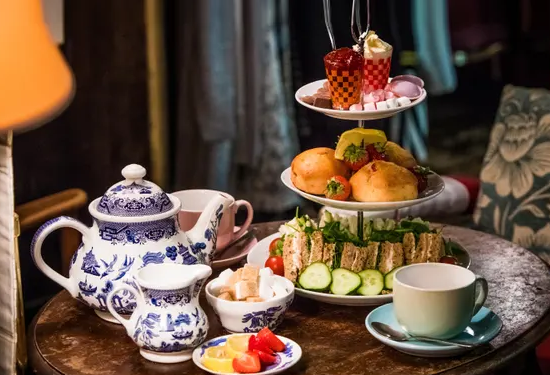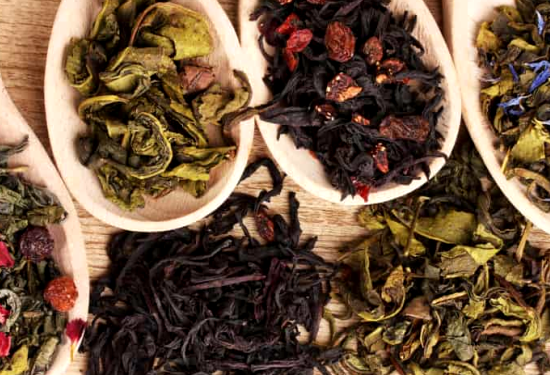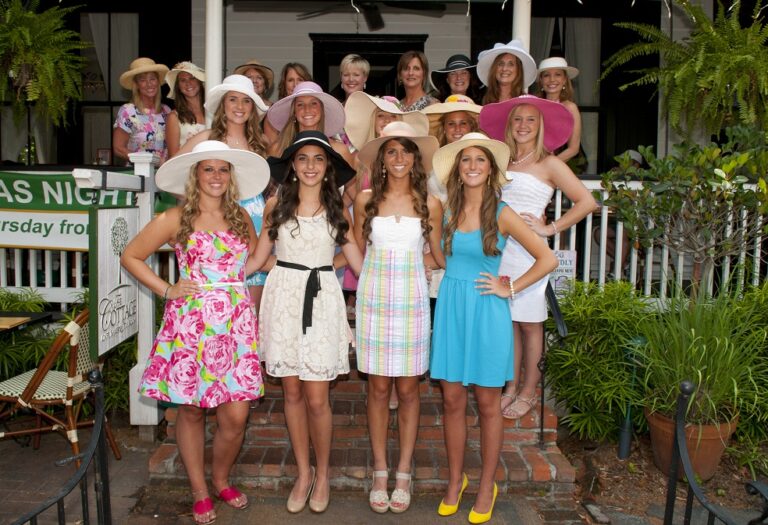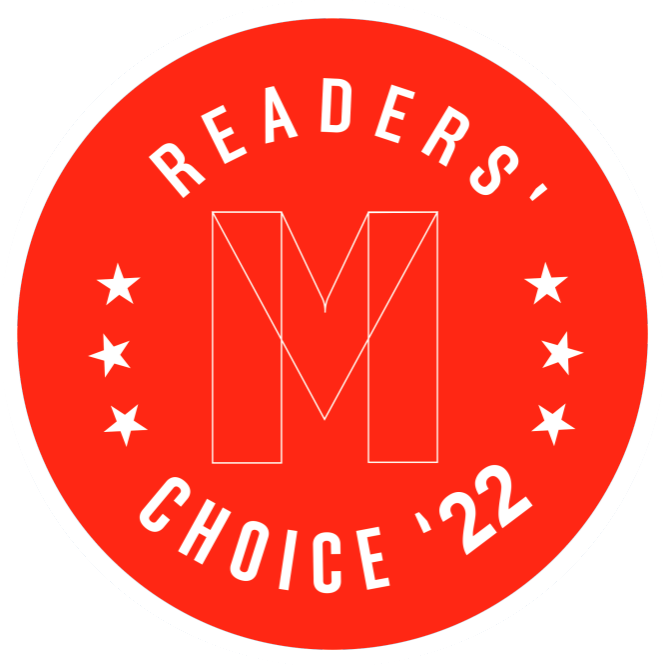
![]()

The Cottage serves Afternoon Tea by reservation only; please call 843.757.0508. We will do our best to accommodate you, but ask that you request reservations at least 24 hours prior.
We offer traditional tea parties, bridal tea showers, baby tea showers, children’s tea parties, birthday teas, “Red Hat” tea parties, and much more.
We provide freshly baked items, and we offer more than 99+ teas, ranging from English Favorite teas to Flavored Blacks, Greens, Whites, and a wide variety of Herbal Teas.
Prior to the introduction of tea into Britain, the English had two main meals, breakfast and dinner. Breakfast was ale, bread, and beef. During the middle of the eighteenth century, dinner for the upper and middle classes had shifted from noontime to an evening meal that was served at a fashionable late hour. Dinner was a long, massive meal at the end of the day.
Afternoon tea may have been started by the French. According to the monthly newsletter called Tea Muse, in the writings of Madame de Sévigné (1626 to 1696), one of history’s greatest letter writers on life in 17th Century France: “It’s a little known fact, but after its introduction to Europe in the 17th century tea was tremendously popular in France. It first arrived in Paris in 1636 (22 years before it appeared in England!) and quickly became popular among the aristocracy. . .”


By 1700, tea was on sale in more than 500 coffee houses in London. Tea drinking became even more popular when Queen Anne (1665–1714) chose tea over ale as her regular breakfast drink. Anne’s character was once portrayed as a tea-drinking, social nonentity with lesbian tendencies. During the second half of the Victorian Period, known as the Industrial Revolution, working families would return home tired and exhausted. The table would be set with any manner of meats, bread, butter, pickles, cheese and of course tea. None of the dainty finger sandwiches, scones and pastries of afternoon tea would have been on the menu. Because it was eaten at a high, dining table rather than the low tea tables, it was termed “high” tea.
According to legend, one of Queen Victoria’s (1819-1901) ladies-in-waiting, Anna Maria Stanhope (1783-1857), known as the Duchess of Bedford, is credited as the creator of afternoon teatime. Because the noon meal had become skimpier, the Duchess suffered from “a sinking feeling” at about four o’clock in the afternoon.
At first the Duchess had her servants sneak her a pot of tea and a few bread stuffs. Adopting the European tea service format, she invited friends to join her for an additional afternoon meal at five o’clock in her rooms at Belvoir Castle. The menu centered around small cakes, bread and butter sandwiches, assorted sweets, and, of course, tea. This summer practice proved so popular, the Duchess continued it when she returned to London, sending cards to her friends asking them to join her for “tea and a walk in the fields.” The practice of inviting friends to come for tea in the afternoon was quickly picked up by other social hostesses.
![]()
HOURS OF OPERATION
Breakfast: Mon-Fri 9-11am, Sat 8-11am
Lunch: Mon-Fri 11am-3pm, Sat 11-3pm
Sunday Brunch: Sundays 8am-2pm
 | The Good Food Awards or GFAs is an annual award competition for outstanding American craft food producers. |
 |
The Cottage- 2022 Readers Choice Winner: Great news! The Cottage won Bluffton’s Favorite European Restaurant! |